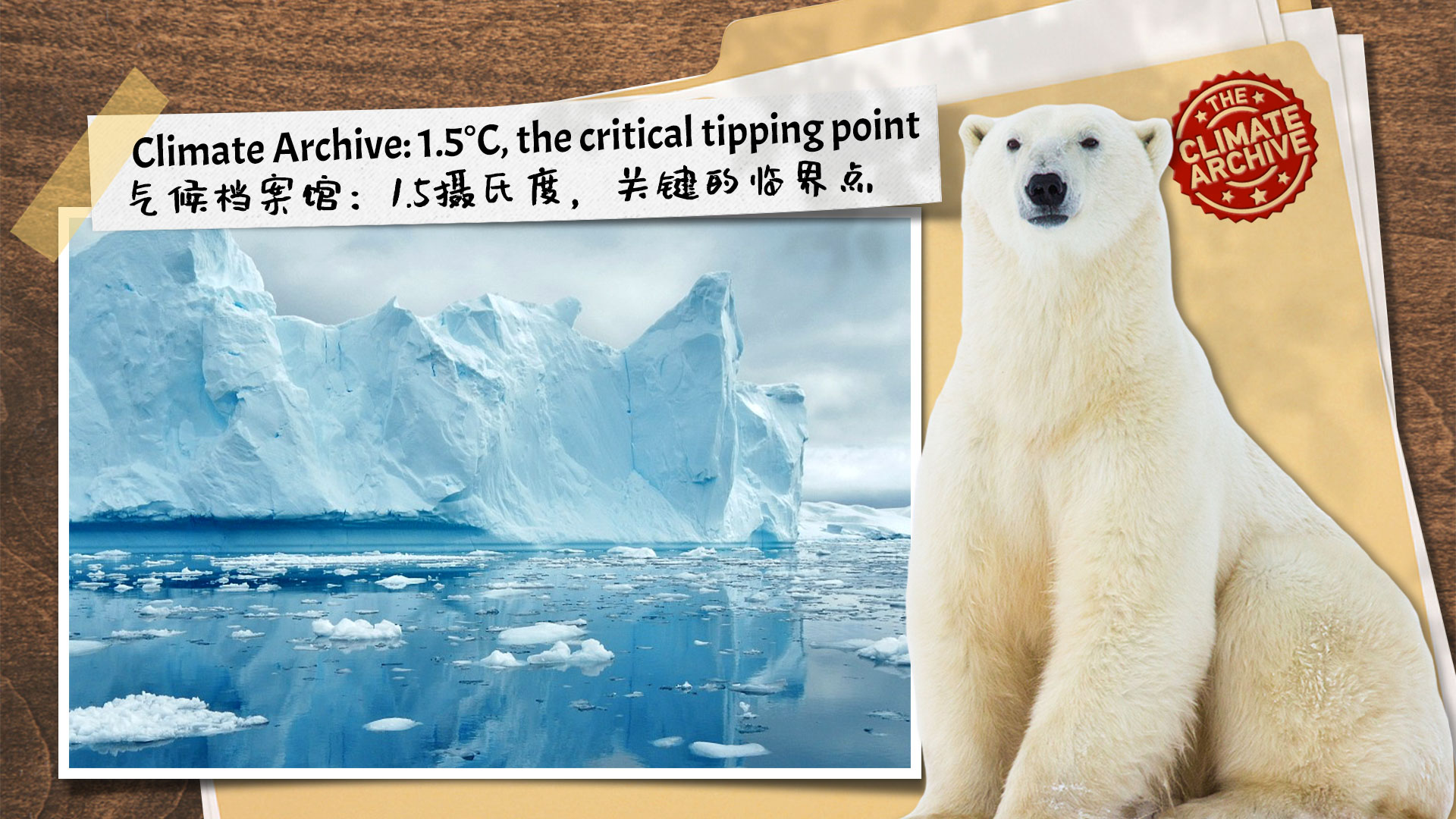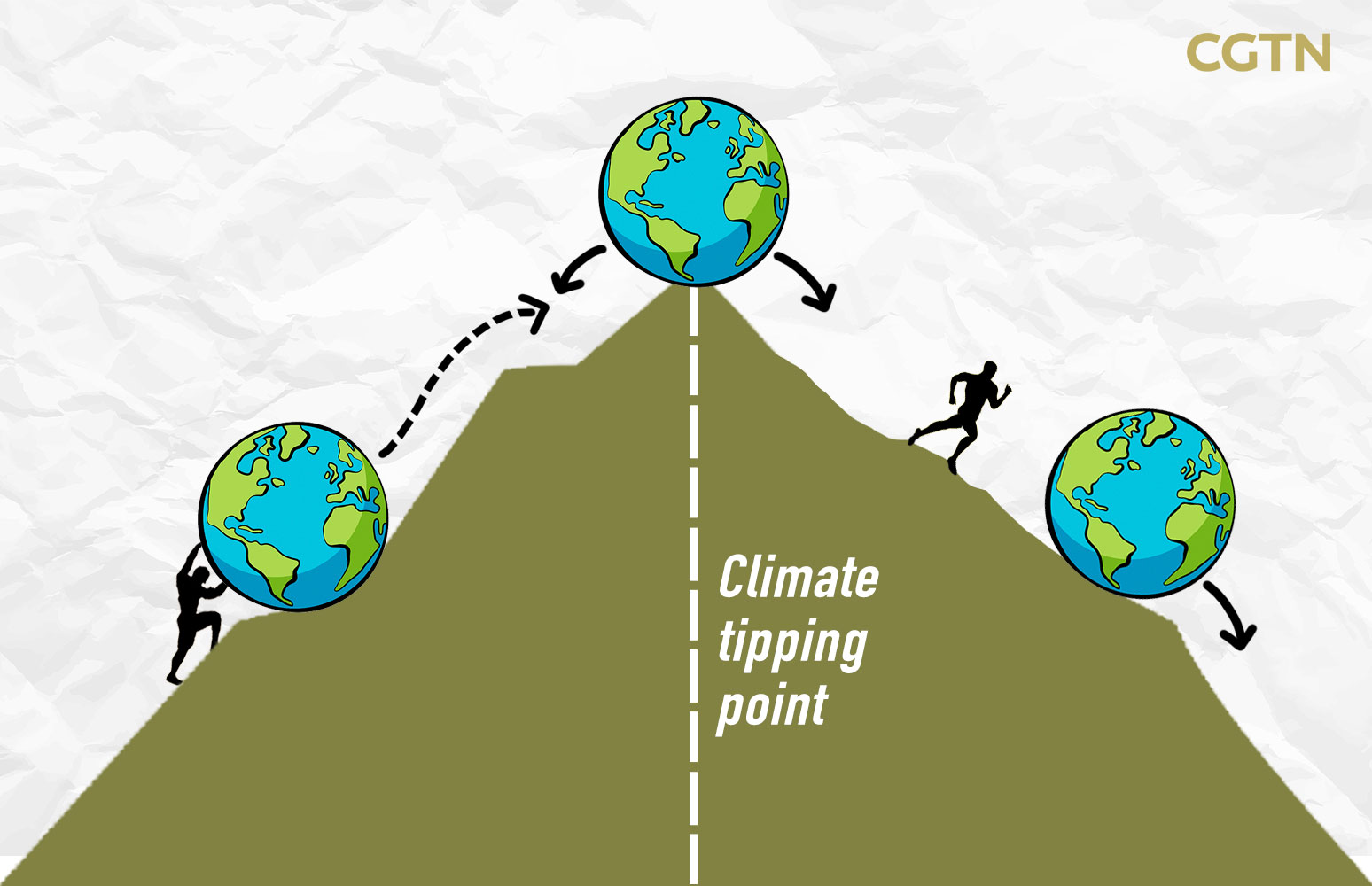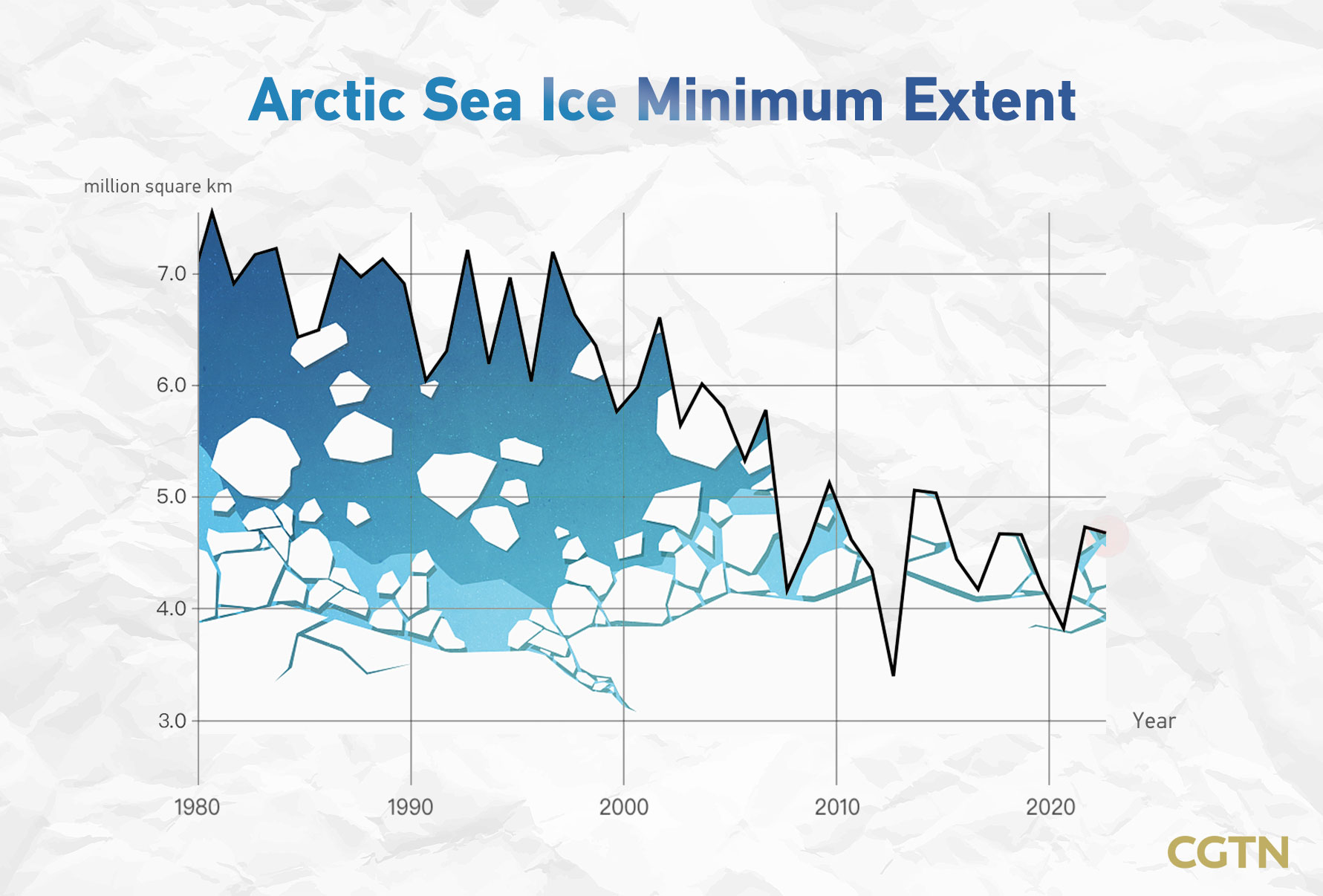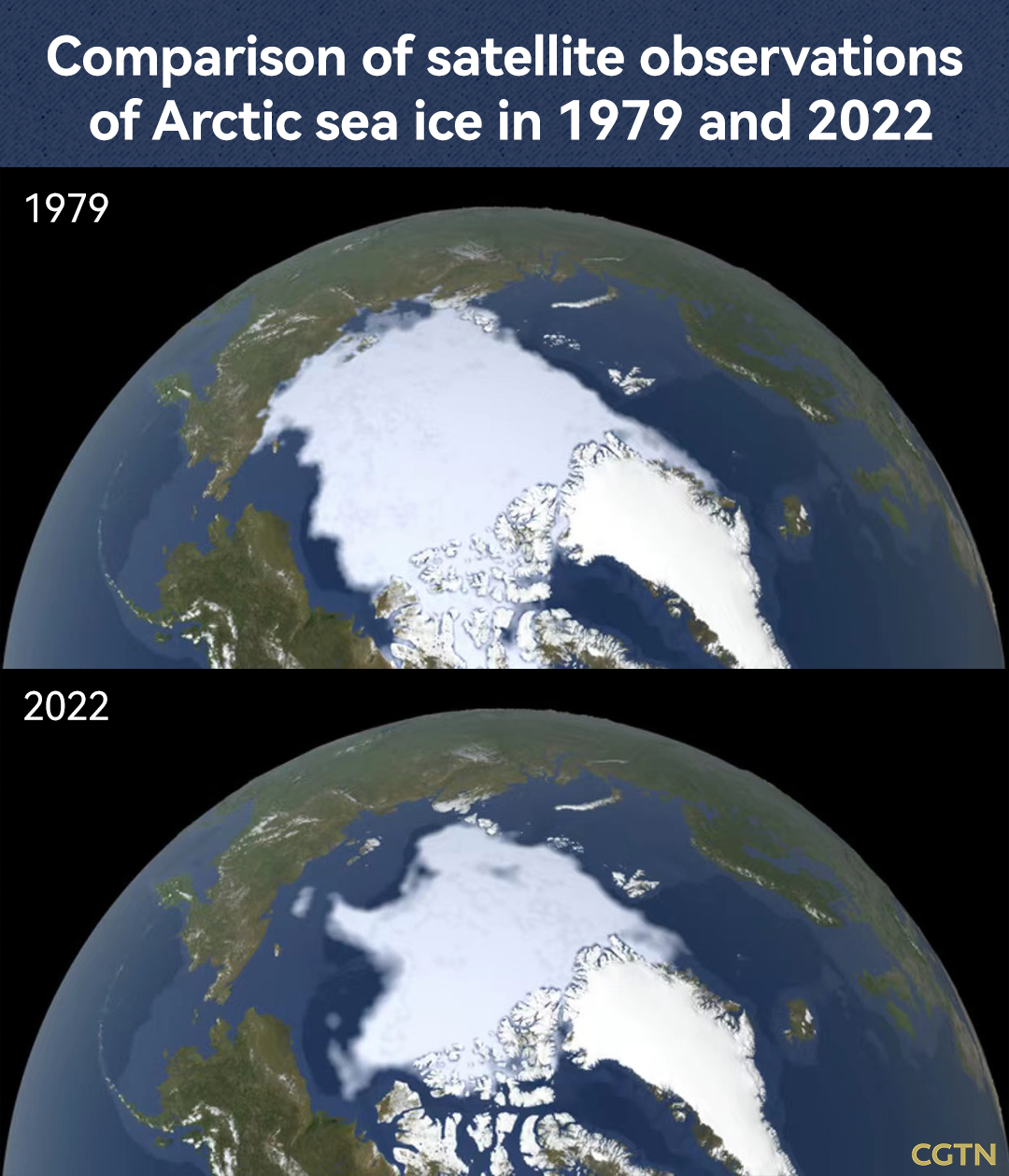
The Sixth Assessment Report of the Intergovernmental Panel on Climate Change (IPCC) states that Earth's climate system is experiencing significant warming, with an unprecedented rate of temperature rise in the last 50 years.
"This report is a clarion call to massively fast-track climate efforts by every country and every sector and on every time frame. Our world needs climate action on all fronts: everything, everywhere, all at once," said UN Secretary-General Antonio Guterres.
According to a new major analysis co-authored by several Earth commissioners and published in the journal Science, multiple climate tipping points could be triggered if global temperatures rise by more than 1.5 degrees Celsius above pre-industrial levels. Even at current levels of global heating, the world is already at risk of exceeding five dangerous climate tipping points, and the risk increases with each further tenth of a degree of warming.
What is the climate tipping point?
IPCC defines tipping points as "critical thresholds in a system that, when exceeded, can lead to a significant change in the state of the system, often with an understanding that the change is irreversible."

In Greek mythology, Sisyphus was punished for offending the gods and was forced to push a boulder up a mountain, rolling down the slope before reaching the top each time, and even when he reached the top, the boulder could not be stabilized and rolled back down to the bottom of the mountain. Once this tipping point is crossed, the global climate will be like a rolling boulder, irreversible, uncontrollable, and this is why we have to be highly alert to global warming.
To anticipate the climate tipping points, research by David Armstrong McKay, a climate-biosphere scientist, and his team, found that even global warming of 1 degree Celsius, a threshold that we already have passed, puts us at risk by triggering some tipping points. Their analysis indicates that five climate tipping points could already be possible at current warming levels, four of which becoming likely beyond 1.5 degrees Celsius.
El Niño
El Niño, which causes changes of wind and air movement in the atmosphere, is one example. If global warming causes the oceans to absorb more heat, the warm surface water layer may deepen where El Niño and Southern Oscillation (ENSO) will exceed a tipping point. This will cause El Niño events to become permanently more severe and frequent. These effects will increase droughts in Indonesia and India, and increase flooding in Peru.
Amazon rainforest
Global warming and deforestation will cause the Amazon rainforest to cross the tipping point. The Amazon is very large, releasing large amounts of water into the atmosphere, over 8 trillion tons per year. However, with the massive loss of trees and the reduction of water entering the atmosphere, the Amazon will become drier and drier as the water cycle is interrupted. This is already happening in the southern and eastern Amazon, where the dry season has been going on for at least 20 years. When the water cycle is so disrupted that forested areas no longer produce enough rain for the rainforest to grow, the Amazon will cross the tipping point. It will disappear forever, transforming into a degraded savanna.

Data source: Satellite observations. Credit: NSIDC/NASA
Data source: Satellite observations. Credit: NSIDC/NASA
Arctic sea ice
According to the NASA Earth Observatory, satellites have been monitoring sea ice growth and retreat since 1978, and they have discovered an overall drop in Arctic sea ice. In the 21st century, the rate of decrease has accelerated. The summer minimum ice extent in September 2002 was the lowest since 1979. Although the September 2002 low was just marginally lower than prior lows, it marked the start of a run of Arctic record or near-record lows.
Greenland and Antarctica
Another ice-related tipping point is the melting of the ice caps in Greenland and Antarctica. According to research published on Nature Climate Change, the Greenland and Antarctic ice sheets will continue to lose mass this century at rates comparable to the last decade. On millennia-scales, both ice sheets have tipping points at or just above the 1.5–2.0 degrees Celsius threshold; for Greenland, this could result in irreversible mass loss due to the surface mass balance–elevation feedback, whereas for Antarctica, this could cause the collapse of significant drainage basins due to ice-shelf weakening.

Data source: Satellite observations. Credit: NASA Scientific Visualization Studio
Data source: Satellite observations. Credit: NASA Scientific Visualization Studio
The concept of tipping points has been around for 20 years, and 20 years ago, the IPCC thought tipping points might occur when global warming reached 5 degrees Celsius. However, the Special Report on Global Warming of 1.5 degrees Celsius (SR15), and the Special Report on Ocean and the Cryosphere in a Changing Climate, indicate that some tipping points could occur between 1 degree Celsius and 2 degrees Celsius of warming.
Kaisa Kosonen, a climate expert at Greenpeace International, said: "This report is definitely a final warning on 1.5 degrees Celsius. If governments just stay on their current policies, the remaining carbon budget will be used up before the next IPCC report [due in 2030]."
About Climate Archive
Welcome to CGTN Nature's Climate Archive series, the ultimate source for climate science, expert forums and the latest climate-related info. Together we delve into this handy climate encyclopedia!
For more:
Climate Archive: Does climate change affect cherry blossoms?
Climate Archive: What's behind the frequent sandstorms?